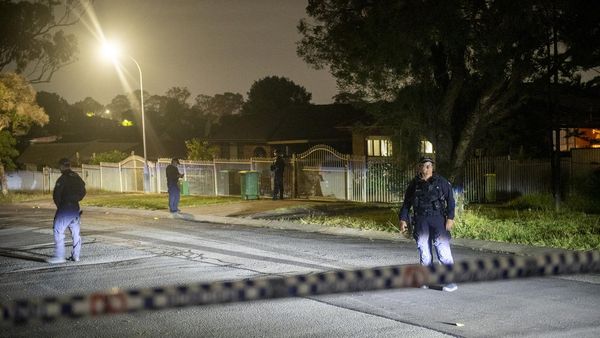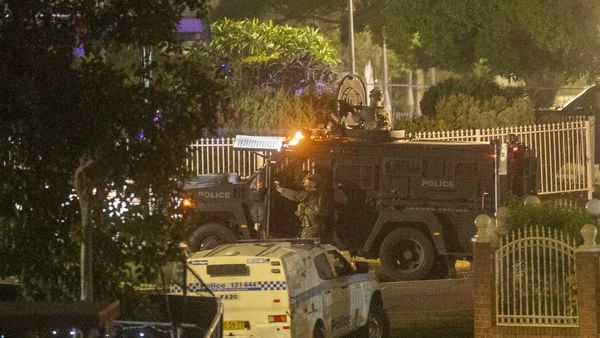Investigators believe the Air India Flight that crashed in Ahmedabad killing 270 people had an emergency-power generator operating when it came down, according to a report.
The Wall Street Journal reports that a preliminary finding of the probe into the crash points towards problems with the plane’s engines during takeoff.
The breakthrough in the investigation gives investigators a new line of inquiry as they study what caused last week's disaster, people familiar with the probe told the the US newspaper.
See also: Is flying now unsafe or is 2025 just ‘a bad year in aviation safety history’?
The emergency generator system is known as a ram air turbine. It is a small propeller that drops from the bottom of the 787 Dreamliner’s fuselage to serve as a backup power supply.
Engines normally produce electricity for an aircraft and help run its flight-control systems. The power generated by the RAT can enable crucial aircraft components to function.
The system can deploy automatically in flight if both engines have failed or if all three hydraulic system pressures are low, according to an airline’s Boeing 787 manual reviewed by The WSJ.
It can also deploy if cockpit instruments lose power or problems emerge with the aircraft’s electric motor pumps.
Anthony Brickhouse, a U.S.-based aerospace safety consultant told the newspaper the most common occurrence is when a pilot thinks that both engines failed.
It comes after the captain of the doomed Air India flight's chilling last 'mayday' call was revealed in which he said he was “losing power”
"Thrust not achieved… falling… Mayday! Mayday! Mayday!", the Times of India reported him as saying.
While an aviation expert said a new bombshell video provides evidence that the Air India Boeing 787 lost power immediately after take-off.
Investigators are sifting through the wreckage and decoding the cockpit voice and flight data recorders of the Boeing 787 Dreamliner to piece together what went catastrophically wrong in the seconds after take-off.
India’s Ministry of Civil Aviation said the accident remains under investigation and that more information would be provided in due course.
Air-accident investigations can take more than a year - and even then will often point to a number of contributing factors.







